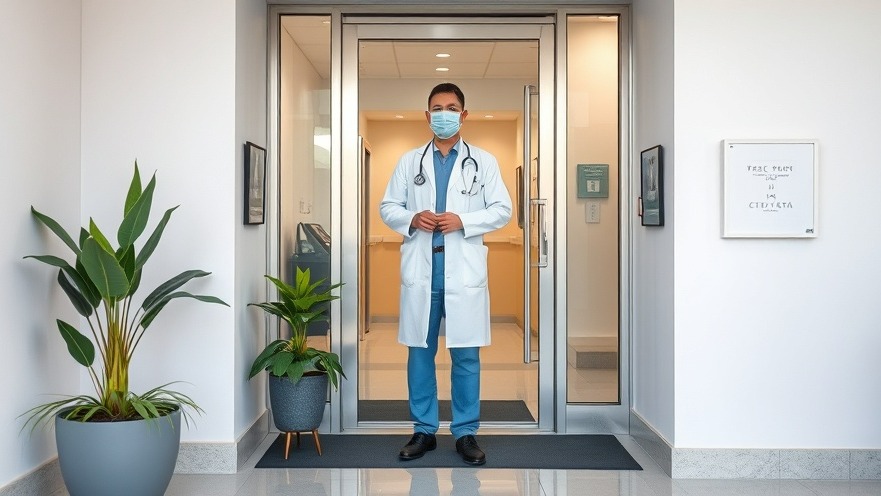
Understanding the Decline in Access to Primary Care
As the dust settles from the COVID-19 pandemic, many primary care practices are grappling with a disturbing reality: access to care has deteriorated. A recent study from Dartmouth provides sobering statistics that illustrate this trend. Weekend access has plummeted, with only 26% of practices offering these hours compared to 44% before the pandemic. Similarly, the ability to secure same-day appointments has dropped from 60% to a scant 26%.
This substantial decline raises alarm bells, especially considering that patient needs have only intensified during the pandemic. With the growing prevalence of chronic conditions and a society increasingly reliant on urgent healthcare solutions, the disappearance of accessible primary care is concerning. Factors contributing to this accessibility issue include staffing shortages and an exhausted workforce.
Progress Amidst Challenges: Growth in Primary Care Capabilities
Despite the access issues, the study reveals a paradoxical improvement in primary care capabilities. The overall capability score for practices rose from an average of 51 to 54, indicating that many providers have adapted to improve specific aspects of care. This improvement is especially pronounced in the care of complex and high-needs patients, where scores jumped from 46 to 61.
The enhancements include better integration of electronic health records (EHR) and more effective management of depression care, although behavioral health integration remains a concerning gap. As medical practice owners, this duality presents a unique challenge. While care processes have improved, the declining accessibility requires innovative approaches to attract and retain patients.
ACO Participation: A Key Driver in Primary Care Success
Interestingly, practices involved in accountable care organizations (ACOs) exhibited significantly higher capability scores than their independent counterparts. This trend suggests that integration within healthcare systems enhances the quality of care delivered and may offer a stable framework for addressing the accessibility crisis. For concierge medical practices, this insight is crucial: cultivating partnerships with ACOs or considering integration could boost both care quality and operational efficiency.
Rethinking the Business Model: Addressing Accessibility through Innovation
Concierge practices naturally excel in personalized care, yet they also must adapt to the escalating demands for accessibility. With primary care access fluctuating, practices can differentiate themselves by offering flexible scheduling options that cater to patients’ busy lives. This might include extended hours or tailored appointment types for high-risk populations.
Additionally, investing in digital health technologies, such as telehealth, can mitigate access issues. By leveraging telehealth options, practices can significantly expand their reach and provide timely interventions that resonate with patients who may have otherwise struggled to schedule in-person visits.
Taken Together: What This Means for Concierge Medical Practices
The current landscape presents both challenges and opportunities for practice owners seeking to grow their business. Understanding the balance between capability and accessibility is vital for making informed decisions about practice operations and patient engagement strategies. As the healthcare industry continues to evolve, concierge practices must innovate beyond traditional care models to redefine their position and ensure they remain viable and thriving.
In sum, as we navigate this post-pandemic environment, adapting our approach to primary care with an emphasis on accessibility while leveraging advancements in practice capabilities will be critical. For those looking to stand out in the increasingly competitive arena of medical concierge practices, remaining attuned to these insights can make all the difference in sustaining growth and optimizing patient care.
 Add Row
Add Row  Add
Add 






Write A Comment